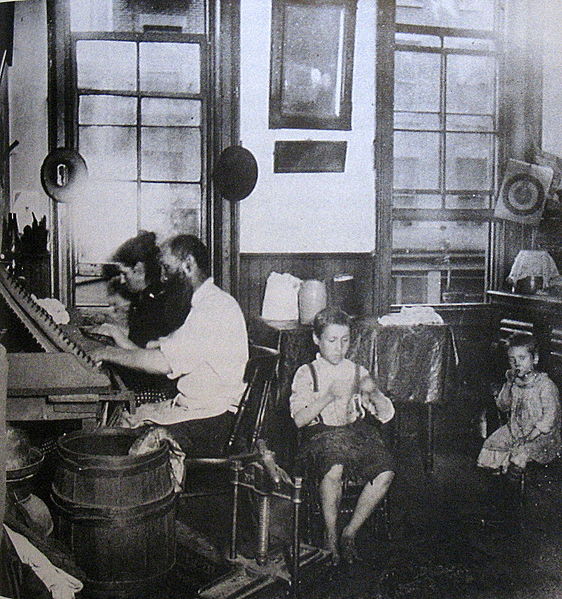
Figure 1 – Jacob A. Riis, “Bohemian Cigar Makers,1890.” From the Wikimedia Commons and in the public domain.
I have often stopped to wonder at the unique opportunity that looking at a daguerreotype or other nineteenth century photograph gives us to see for ourselves the people of that century, who would otherwise be lost to us completely. Lost to us completely? That statement expresses the bias that somehow a photograph is critical to establishing the reality of existence. Ultimately, it isn’t really so. We may laugh and cry with Shakespeare or Heloise, and there are no photographs of them. Still photographs give us a unique perspective on the nineteenth century that we ultimately have of no predecessor century.
Ansel Adams wrote in his 1974 preface to the book “Jacob A. Riis” Photographer and citizen:”
“These people live again in print as intensely as when their images were captured on the old dry plates of sixty years ago. [no one hundred]… I am walking in their alleys, standing in their rooms and sheds and workshops, looking in and out of their windows. And they in turn seem to be aware of me.”
This two-way awareness is the result of the camera’s persona that we have been discussing. The early camera was a presence. It had its own persona. People were aware of it. When captured in portrait they engaged the machine not the photographer, who may have seemed a disembodied voice. We are not merely seeing the past, we are communicating with it.
When someone posed for a daguerreotype say for a loved one, perhaps far away, they were very deliberate in having their picture taken and were posing for that mystic entity called posterity as much as for someone in the present. When the artist paints a picture, when the photographer takes a photograph, or when the author writes a book, the sense of posterity is ever present. You hear that these are acts of ego, vain attempts to gain immortality through fame. I’m not so sure. When someone plants a tree it is a selfless act for posterity. The tree will be there. You will not, and nobody will likely know that you planted it, still you take great pride in the loving act of planting.
This ties in profoundly with our discussion of the loss of the camera’s persona. The cell phone and its kin make photography an impersonal act. People become unaware of the camera, and even if they pose for it, the posing tends to be for the immediacy of moment, to be put up on someone’s Facebook page and then forgotten or retrieved with curiosity a year or two later.
I think that we have to ask ourselves whether the cell phone camera creates a new paradox. Does the device enlarge human communication immediately only to destroy the ability of the camera to communicate across greater expanses of time? It is something to think about.
